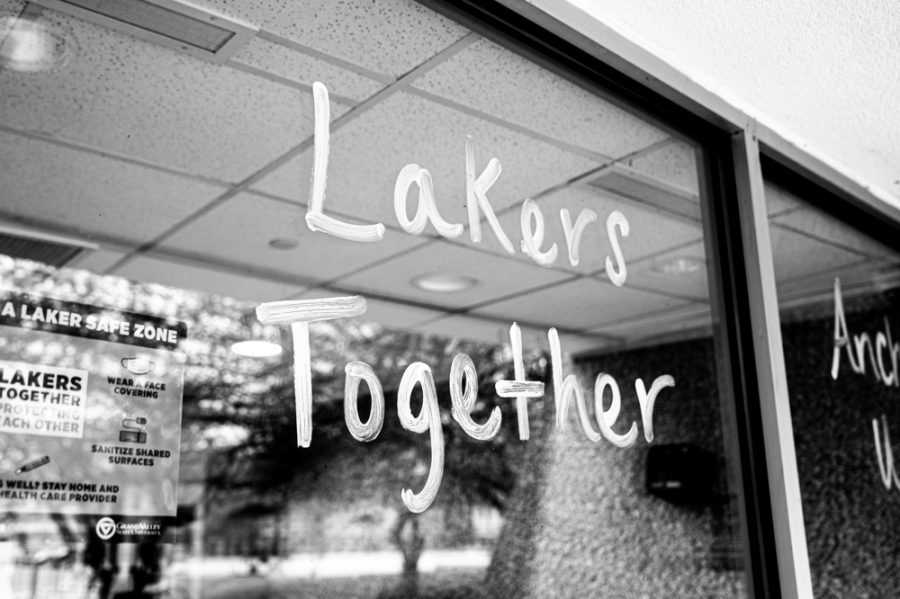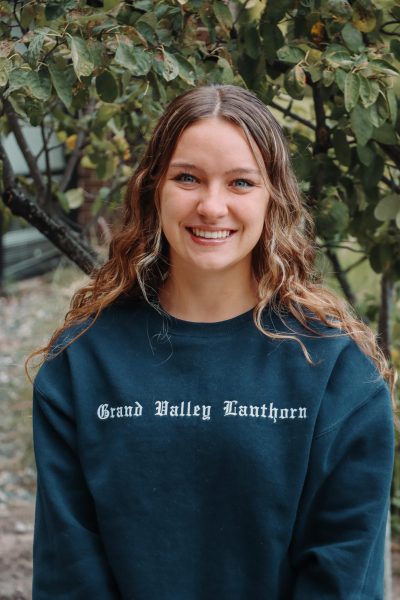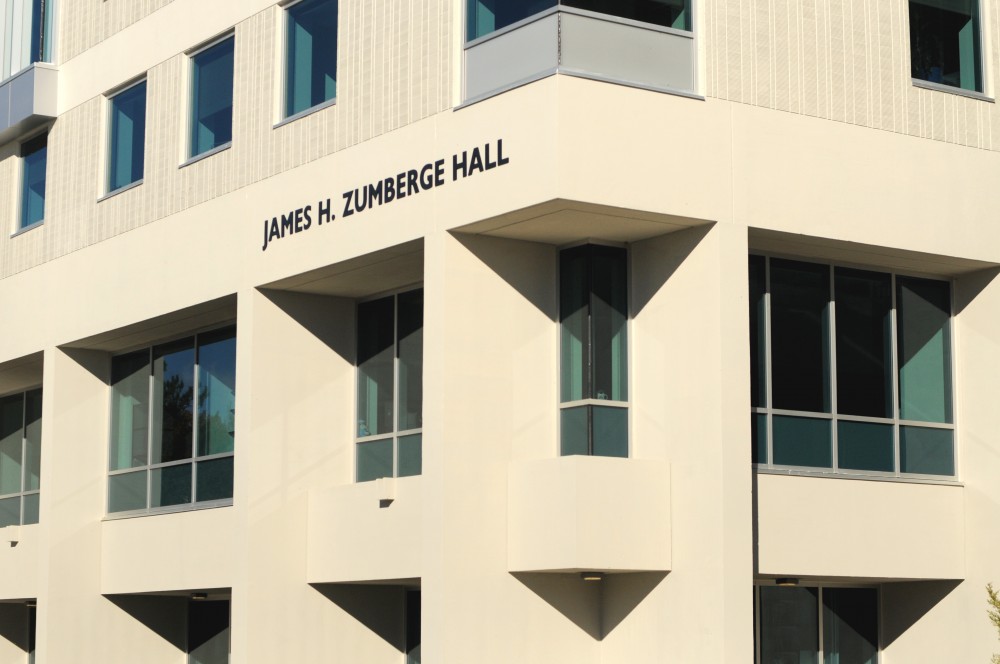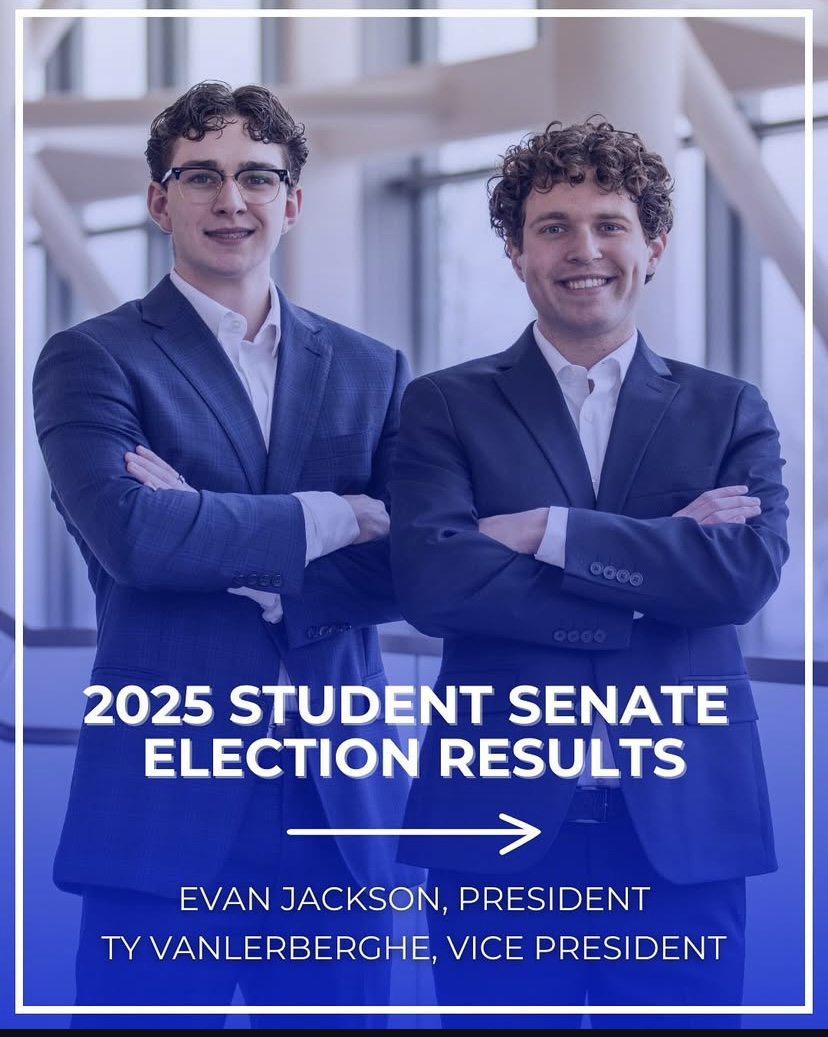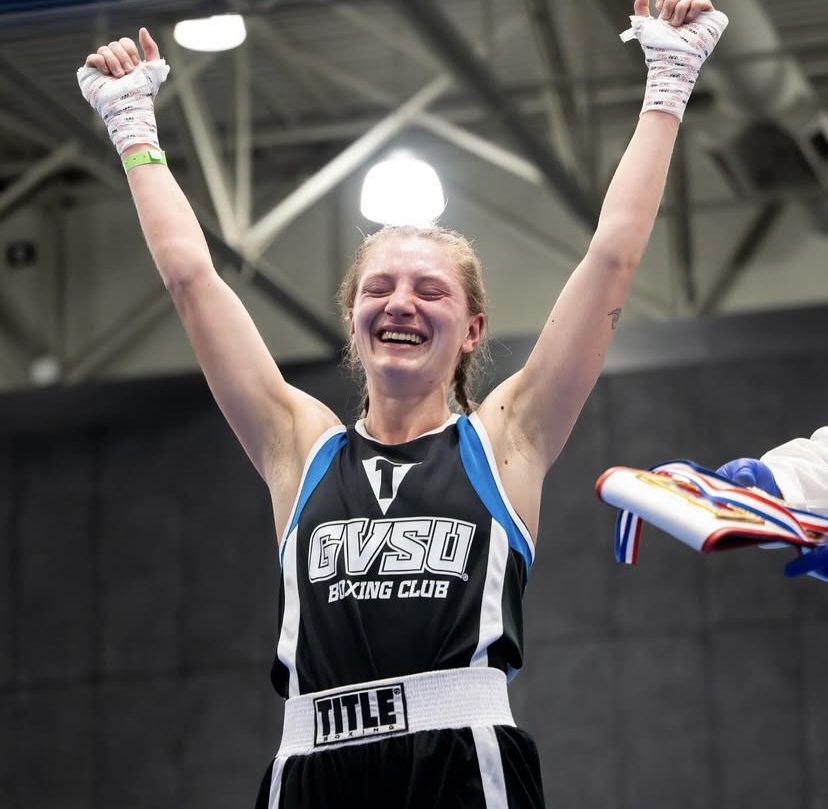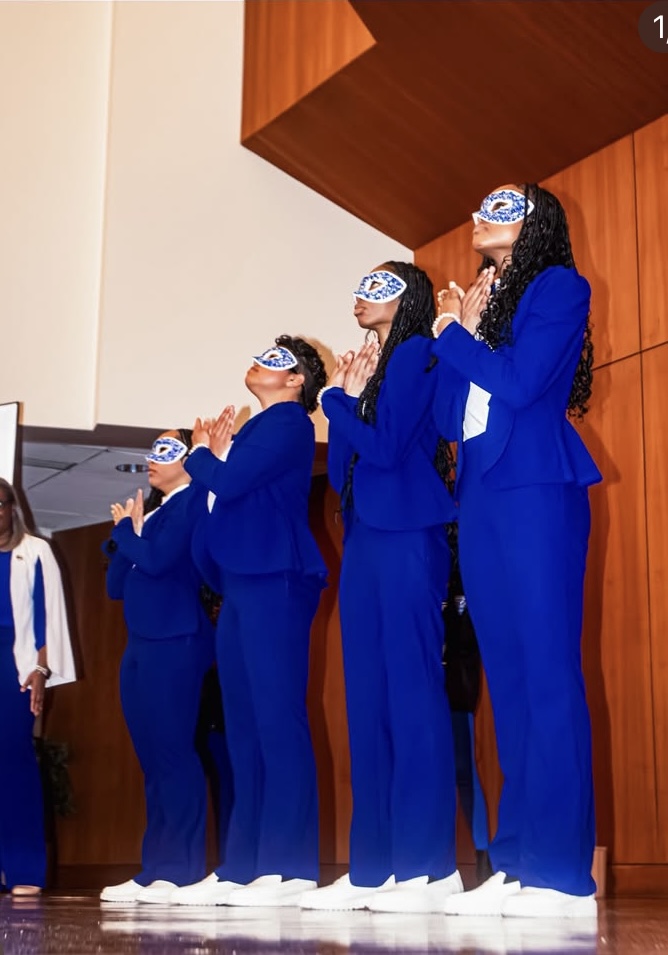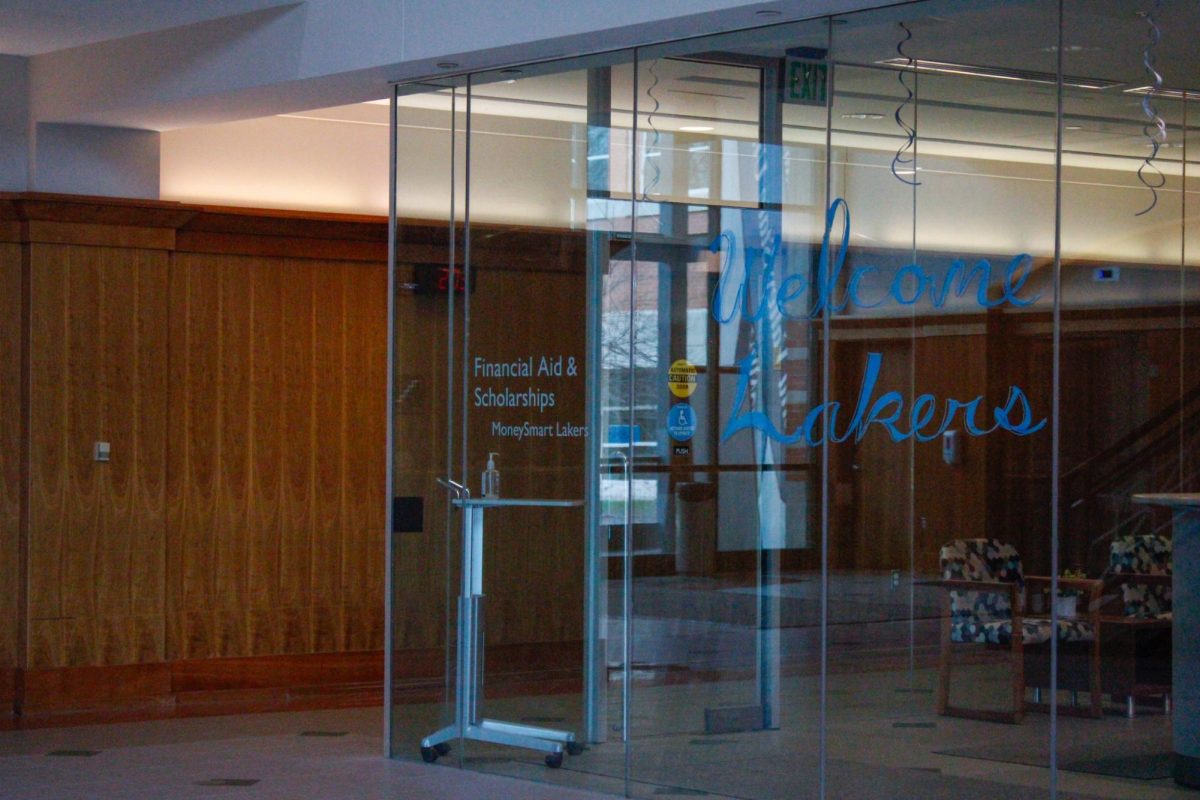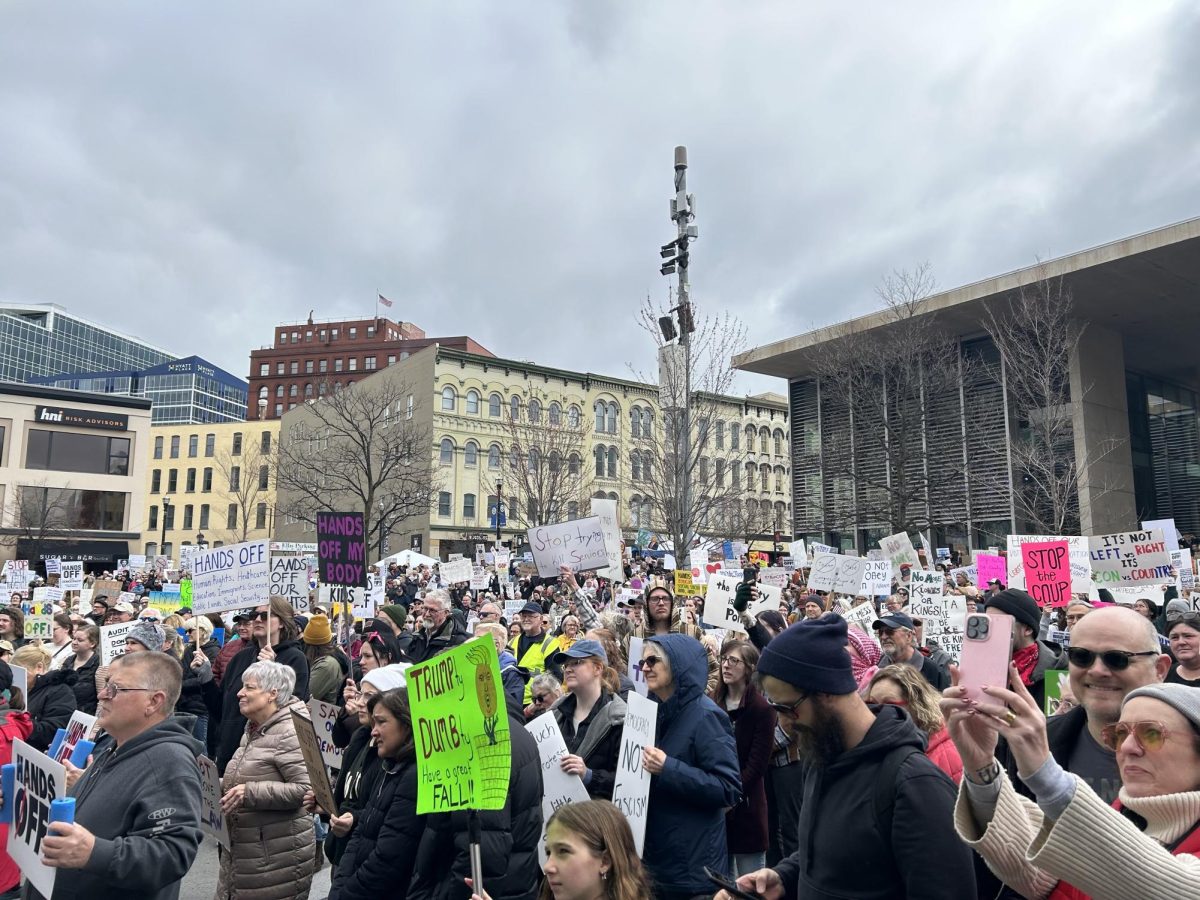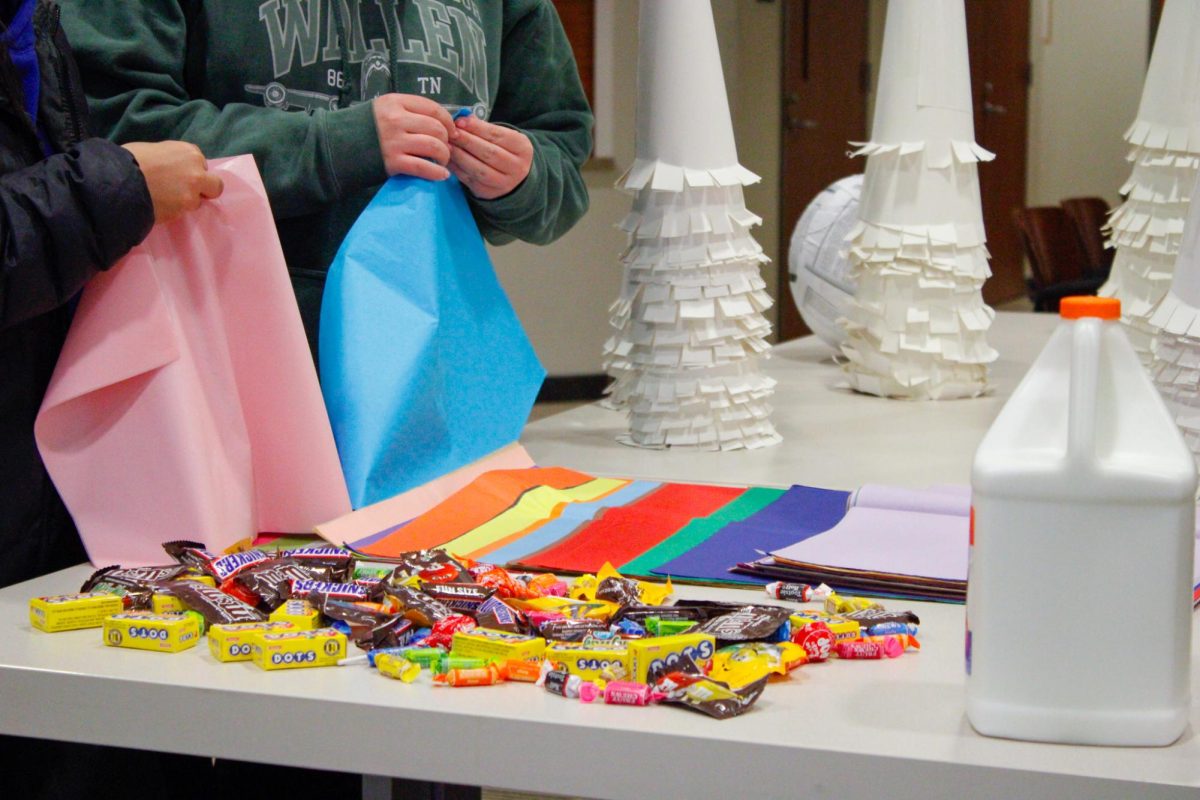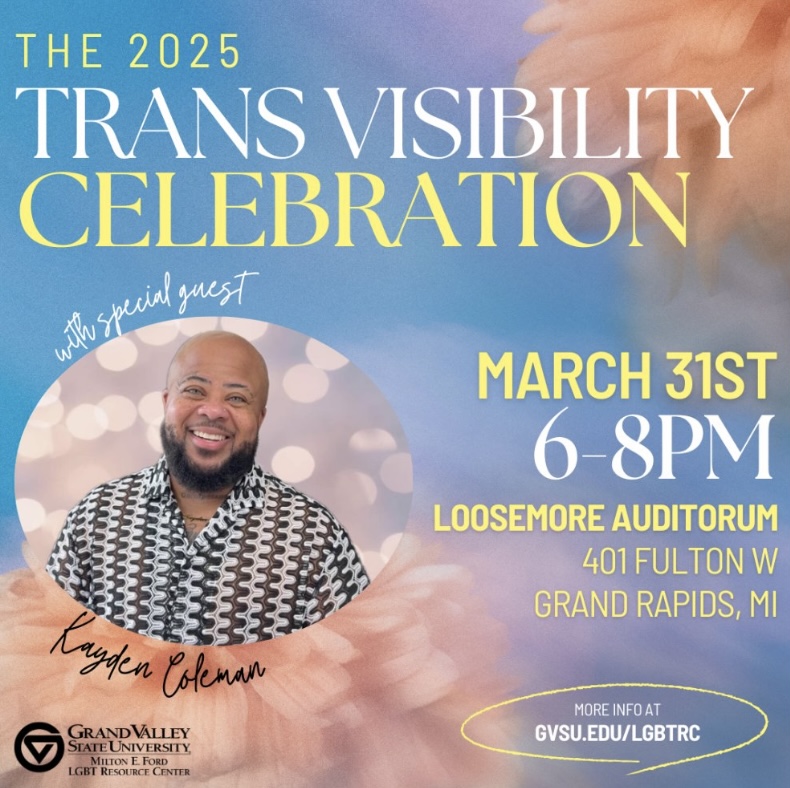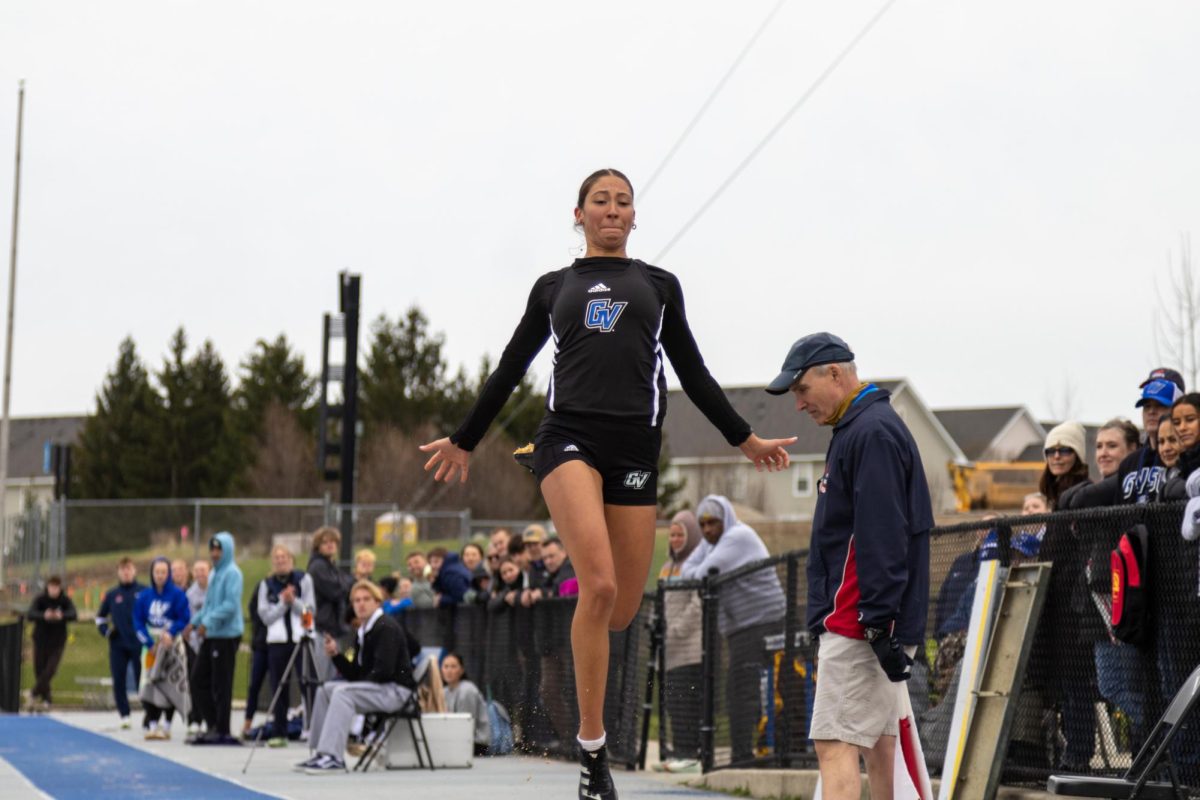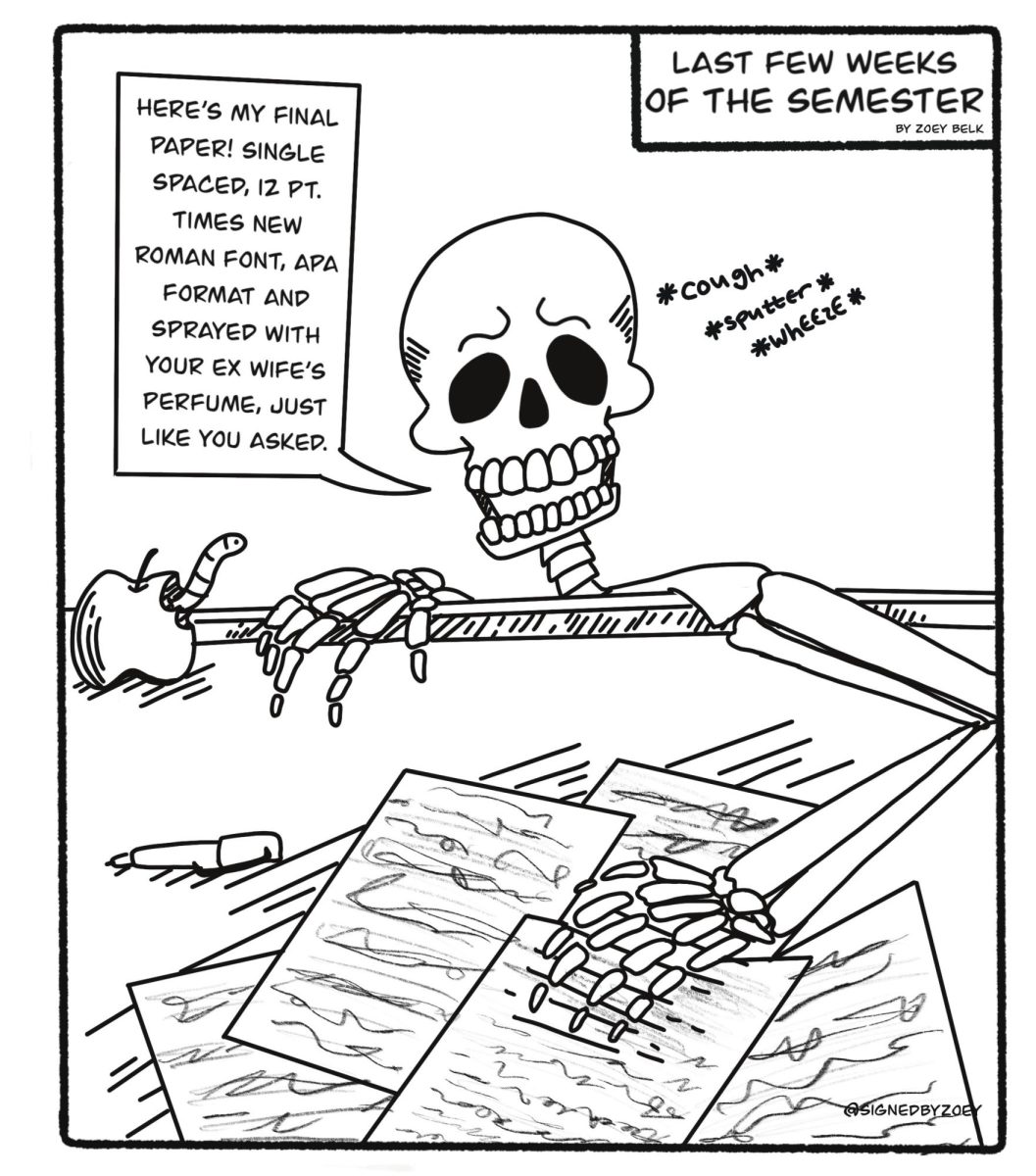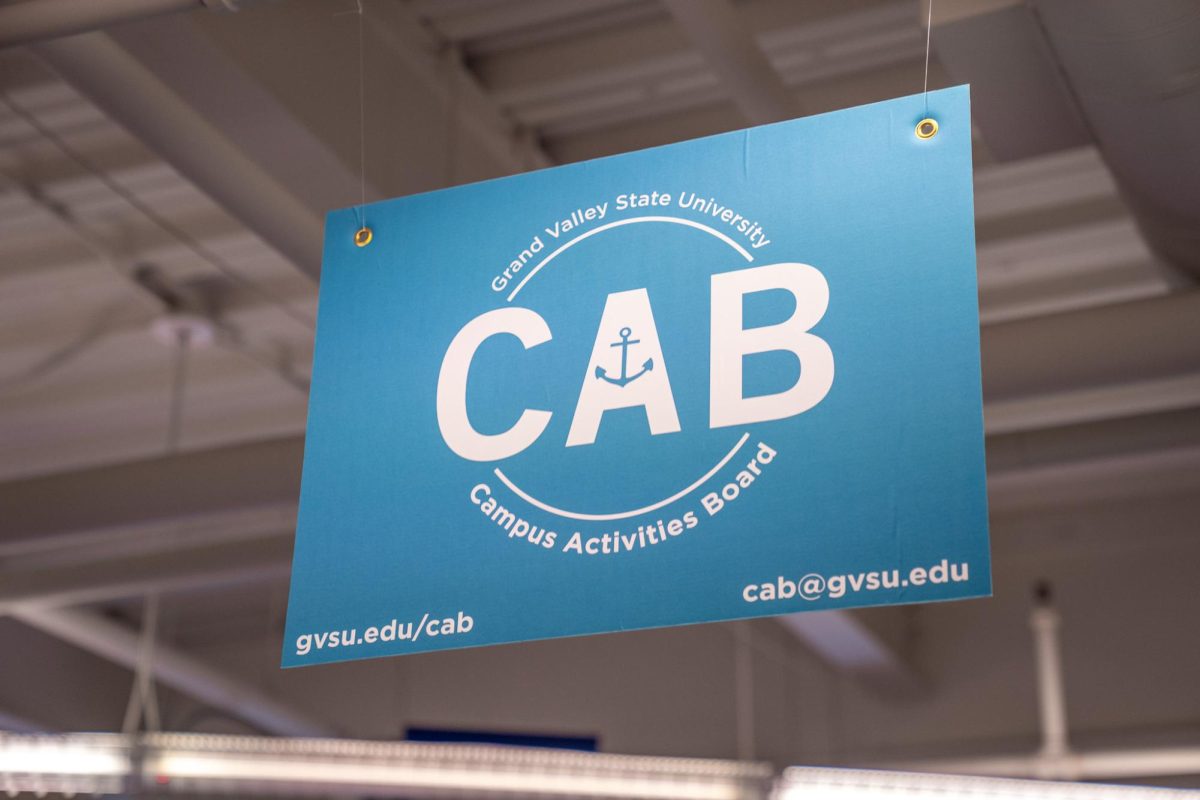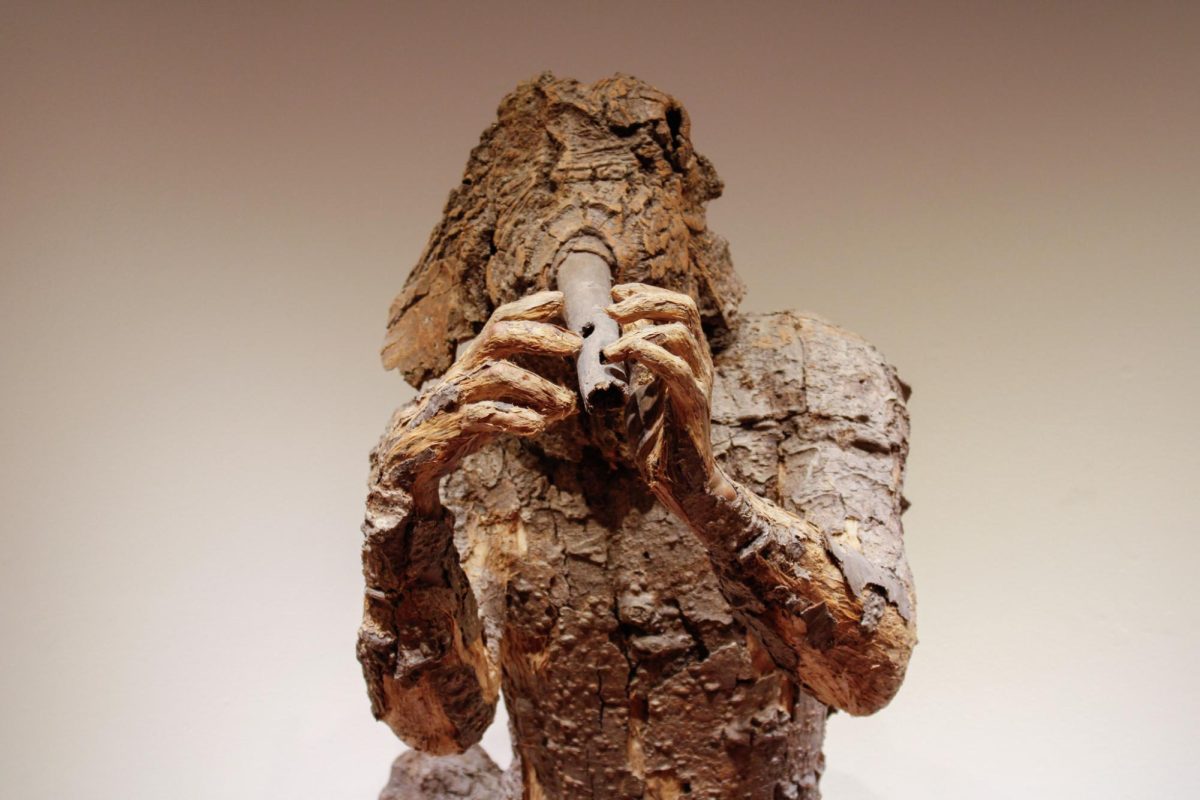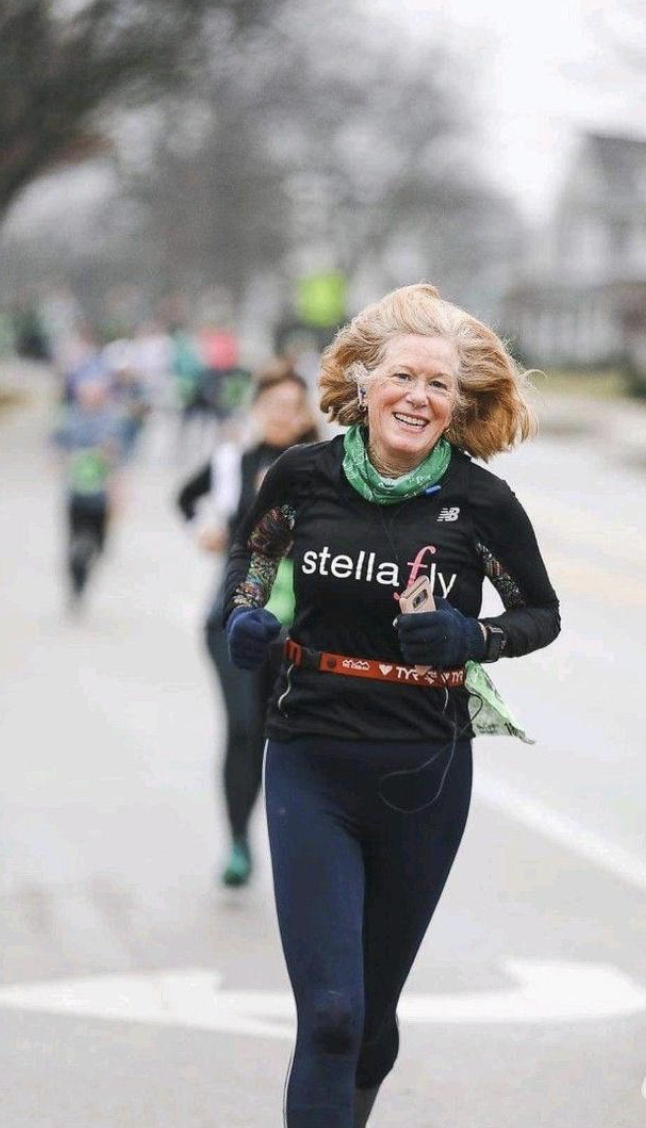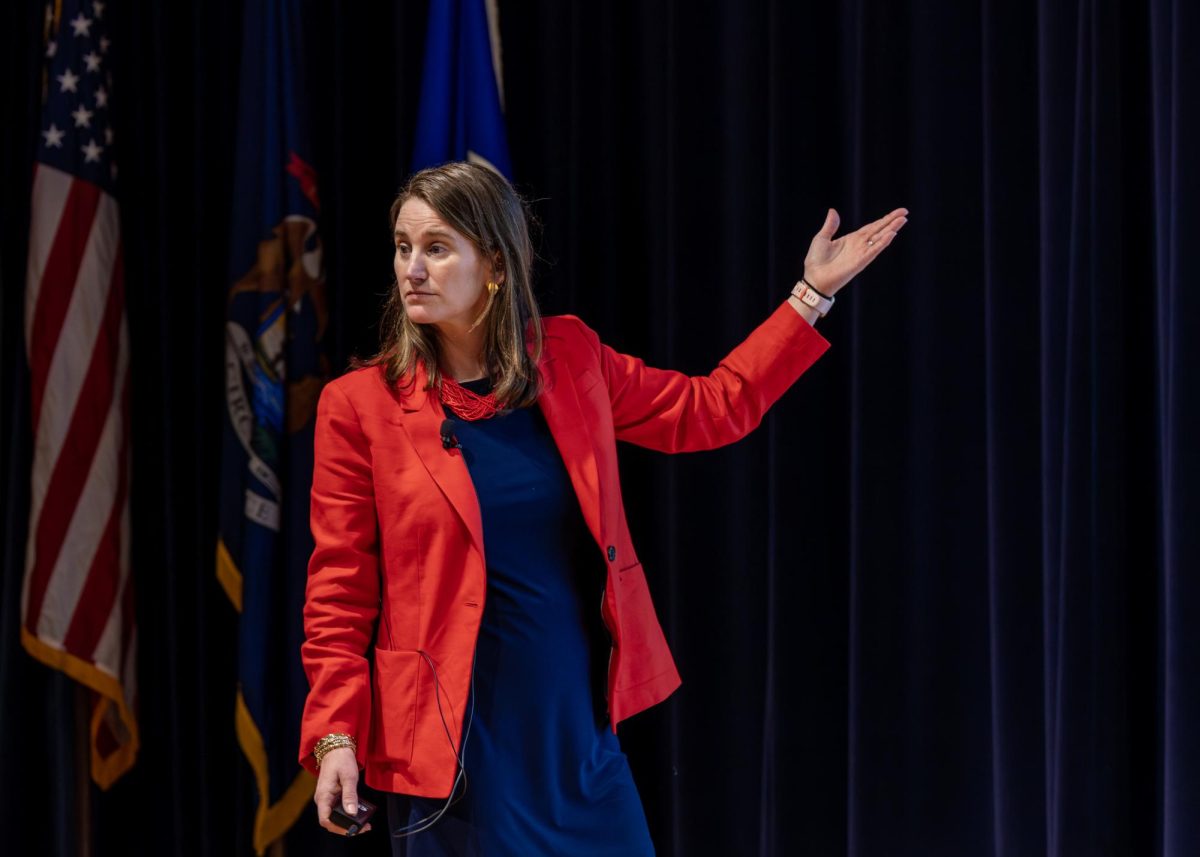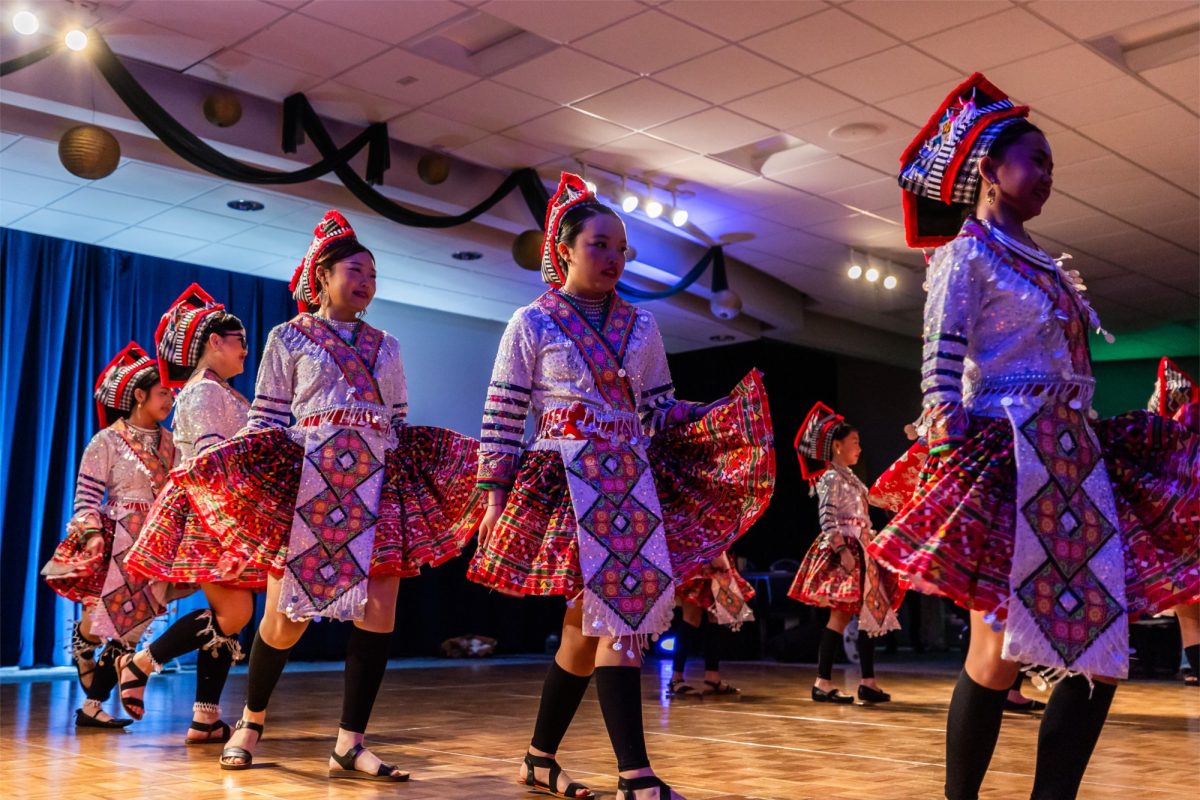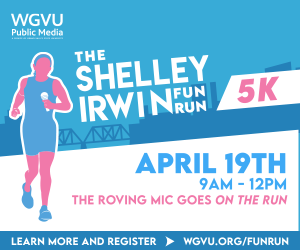Students, professors still struggle with COVID-19 learning adjustment
Mar 15, 2021
March 13, 2020, was marked as a day of chaos when the world was completely changed by the start of the COVID-19 pandemic shutdowns in the United States. People rushed to the stores to find empty shelves, borders were closed and students packed their belongings to leave the schools for what they thought would be only two weeks.
Professors and students were thrown into a new virtual world over the remaining months of the school year. With some teachers having never taught online and the lack of preparation with the technology necessary to support university-wide virtual learning, the adjustment was harsh for all parties.
Now the world is a year into the pandemic which has changed our lives from what it once was to a “new normal.” Professors and students have been adapting their routines and workflow to interact with virtual platforms such as Blackboard Collaborate, Zoom and Panopto.
Grand Valley State University students had the opportunity to return to campus for this 2020-2021 school year with many adjustments from what college-life previously looked like.
“Last year, I danced in my bedroom,” said junior Clara Crossley, a double major in dance and biomedical sciences. “I moved my bed to the side and I had a tiny spot, so it’s really nice to have that studio time (this year) — though it’s half the time we usually have — and to just be around people and in a studio.”
The changes in the classroom setting with many different options for classes: online, hybrid and in-person. Even with these opportunities, there are concerns with how these methods are impacting various students.
“Very motivated, experienced students do well in this new environment, but students who are new to college or may lack skills that they need to succeed tend to fall through the cracks in the online classroom,” said history professor Grace Coolidge. “This concerns me because I want to teach everyone and be sure that nobody gets left behind.”
Coolidge also feels that students who struggle with mental illness are hindered by this learning environment, along with the student body who is missing the experience of true college learning.
“I think students increasingly miss the chance to talk to each other,” Coolidge said. “I’m teaching one completely face-to-face class this semester, and those students are really happy to do small group work and have conversations in class. I think they’re lonely.”
Some students are also facing the problem of separating their personal lives from their school time. With the lack of structure of physically going to classes, students are faced with the problem of using time management and integrating school into their lives.
“I just feel like I am in a constant state of schooling,” said Crossley.
With many people receiving the vaccine there is hope that more normal life post-pandemic is around the corner. Many universities are already announcing their plans for the coming school year with the idea of primarily in-person classes.
Additionally, Michigan Governor Gretchen Whitmer made an announcement that all Michiganders, age 16 and up, will be eligible for the COVID-19 vaccine by April 5th, which has the potential to help the community reach the end of the COVID-19 tunnel.




